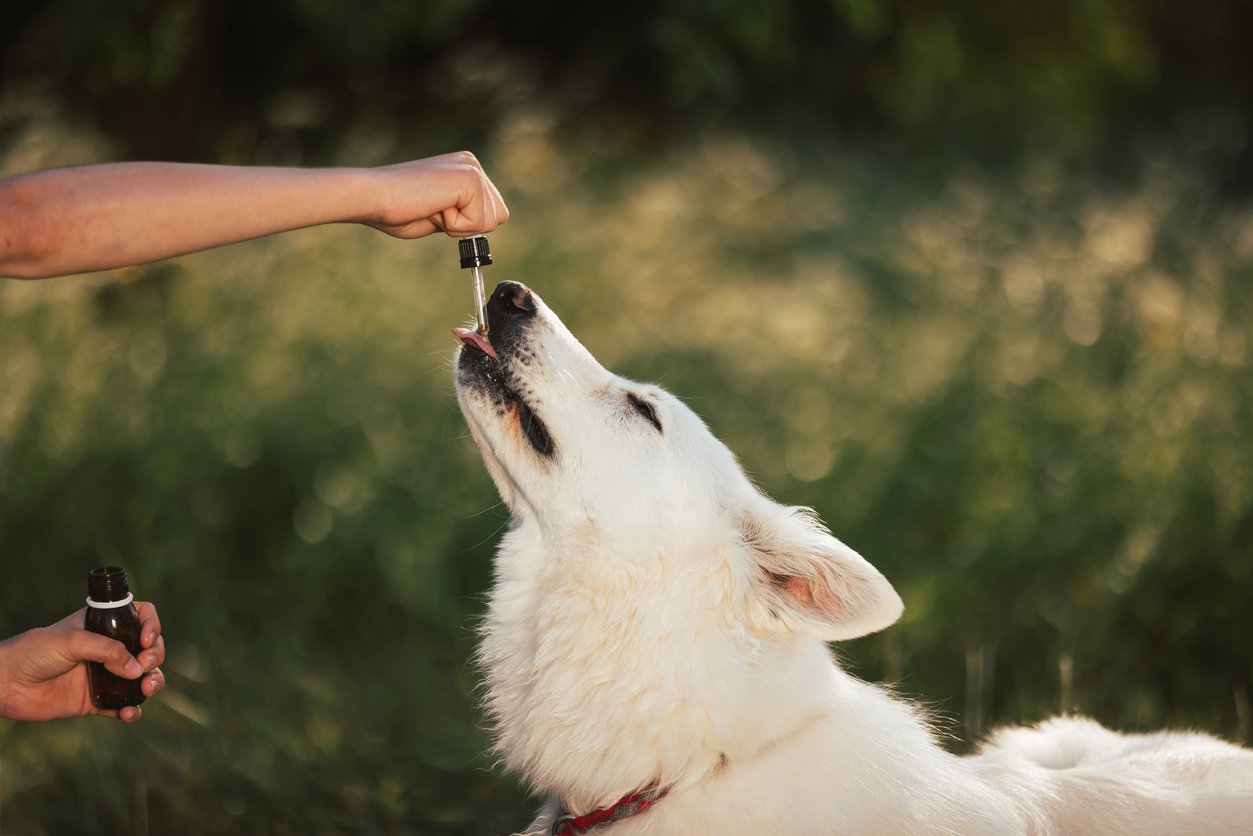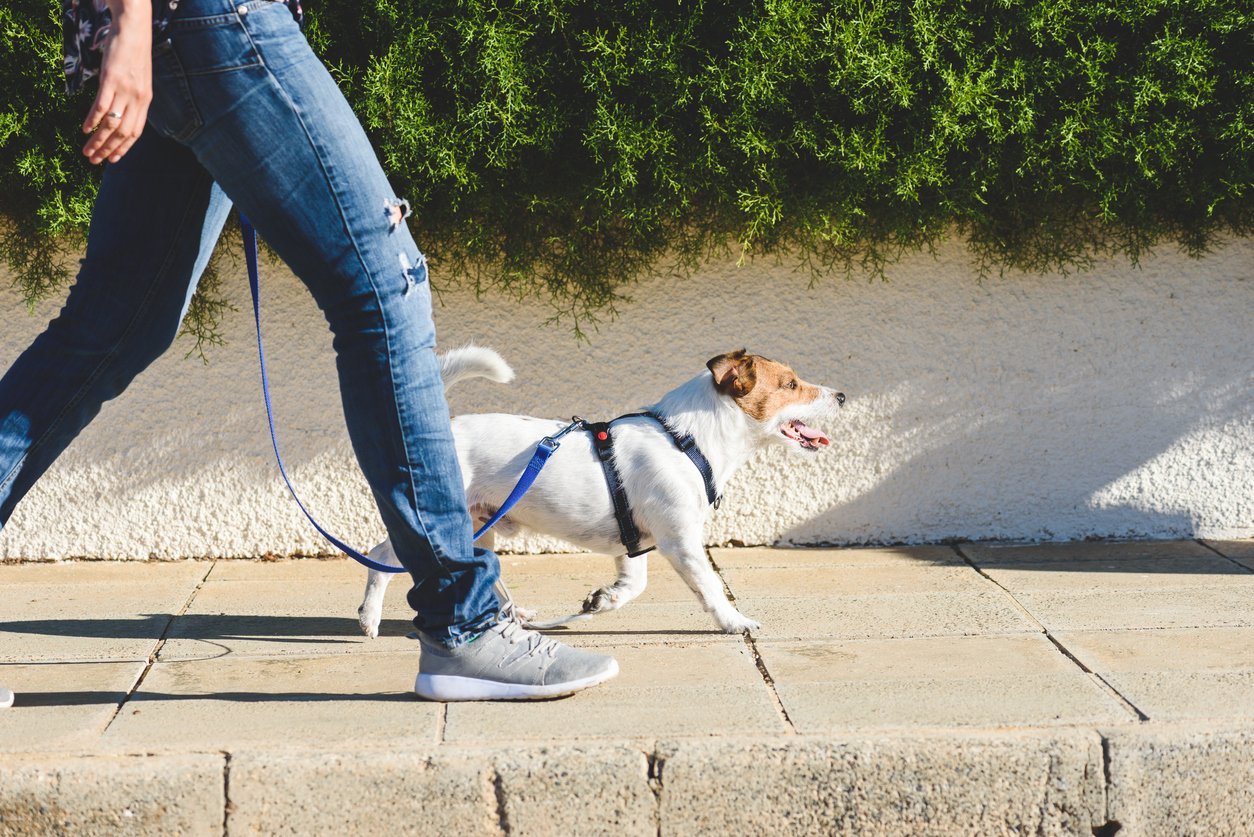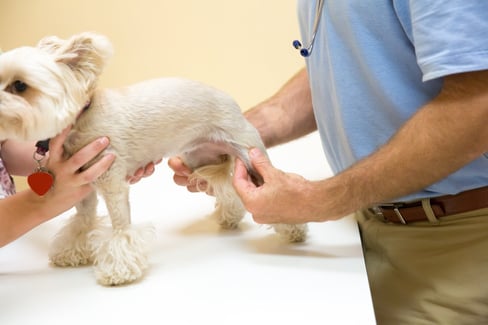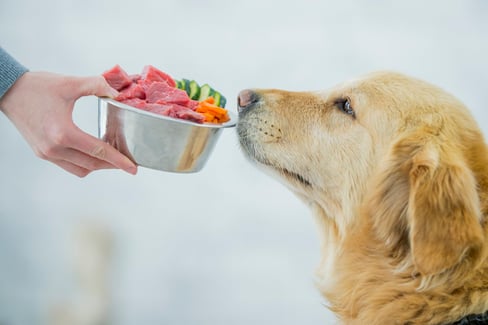Table of Contents
Pet joint pain is a common ailment that affects many of our pets at some point in their lives, especially those of larger breeds. Through standard pet joint care practices, however, you can prevent your pet from experiencing a life limited by stiffness and discomfort. Like most elements of pet care, of course, it all starts with education and preventive care.
In this blog post, we’re going to take a closer look at what causes joint pain in dogs and how you can learn to spot the signs and symptoms. We are then going to discuss a few of the measures you can take to help ease and even prevent the onset of pet joint pain.
We’ll also explore some of the options that are available to those whose suffering exceeds the capabilities of the conventional home treatments, and we’ll explain why supplements are an important addition to your pet’s healthcare ritual. When it comes to taking proactive measures, the goal is always to help your pet live his or her happiest, healthiest life by your side.
What Causes Joint Pain in Dogs?
Often, owners think that as long as their pets aren’t crying out in pain, then everything must be alright. This isn’t always the case, though, as pets exhibit pain in very different ways than humans do. In fact, pain resulting from joint problems, like arthritis, are often going to be very subtle.
The signs of joint pain tend to creep up over time. For instance, your pet may appear to slow down or drag along. While it may be easy to pass this off as a sign of old age, the truth is that these symptoms are not necessarily consequences of getting older. They can be signs that it’s time to consult with your veterinarian.
Common symptoms of joint pain in dogs include stiffness, limping, slower movement, lethargy, swollen joints, muscle loss, increased irritability, recreation reluctance, and more. The causes of these symptoms are generally due to either degenerative and developmental issues. The latter happens when joints or ligaments don’t function as intended because they didn’t develop correctly. Degenerative matters, on the other hand, occur over time, and this is where preventive measures come in.
Just like humans, dogs and their joints need proper care throughout life to stay strong. Lifestyle factors, like proper diet and exercise, play into how the body functions as they age. Of course, the degeneration can be due to several issues that also include unforeseen ailments like injuries, disorders, and diseases. It’s also important to note that larger dogs tend to experience more degeneration and joint pain because their bodies grow at a much more rapid rate. They bear a more substantial weight from day to day, and we often see them engage in more physically intensive activities than smaller breeds.
How Do You Prevent Pet Joint Pain?

So, how can you help prevent pet joint pain? Well, there are many healthy habits you can incorporate into your pet’s healthcare routine to help delay and minimize the onset of joint pain. From weight management to the enforcement of regular exercise and regular veterinary checkups, to introducing supplements into your pet’s diet, you can learn preventive measures to ensure your pet has the best outcome possible. Here’s what you can do:
1. Nutritious Diet & Weight Management
Health starts with a nutritious diet and weight management. Each pet has unique dietary requirements, which are largely influenced by age and breed. For instance, if you were to feed a puppy an excessive and rich diet, they may grow too fast, and their bones won’t be able to handle the rapid development. This can lead to joint issues and pain as they continue to grow. Similarly, obesity from overeating puts added strain on joints, which can cause rapid wear and tear. That’s why dogs need a nutritionally balanced diet from the start with proper portion control to maintain their ideal body condition for their skeletal structure.
2. Proper Exercise & Strengthening

It’s important to incorporate exercise into your dog’s daily routine. Regular exercise can help ensure your dog’s bones have an adequate support system in place, thereby allowing them to grow at a healthy pace with minimal wear on the joints over time. Of course, this also means shaking things up from time to time so as not to put excess strain on their joints through repetition. Running only on hard surfaces, for example, can take a toll on hip joints. You must also remember to tailor your chosen exercises and exercise amounts to your dog’s body type. For instance, a Chihuahua won’t have the same strength or stamina for physical activity as a Greyhound.
3. Vet Checks
Regular veterinary checkups are critical to ensuring your dog stays healthy and strong. A certified professional can spot those ailments lurking underneath the surface, especially when it comes to diagnosing joint pain. Pets should be taken to the vet at least twice a year for comprehensive examinations that can lead to early detection and diagnosis. Planning a course of treatment with your veterinarian at the most initial signs of joint pain is your best bet for ensuring your pet continues to lead a happy, healthy life.
4. Supplements
In addition to the above mentioned proactive measures, ask your veterinarian about incorporating joint supplements into your dog’s healthcare plan.
Supplements, like Tri-Acta, can help support your pet’s joint health. They can help slow the loss of cartilage, keeping your pet feeling comfortable, longer.
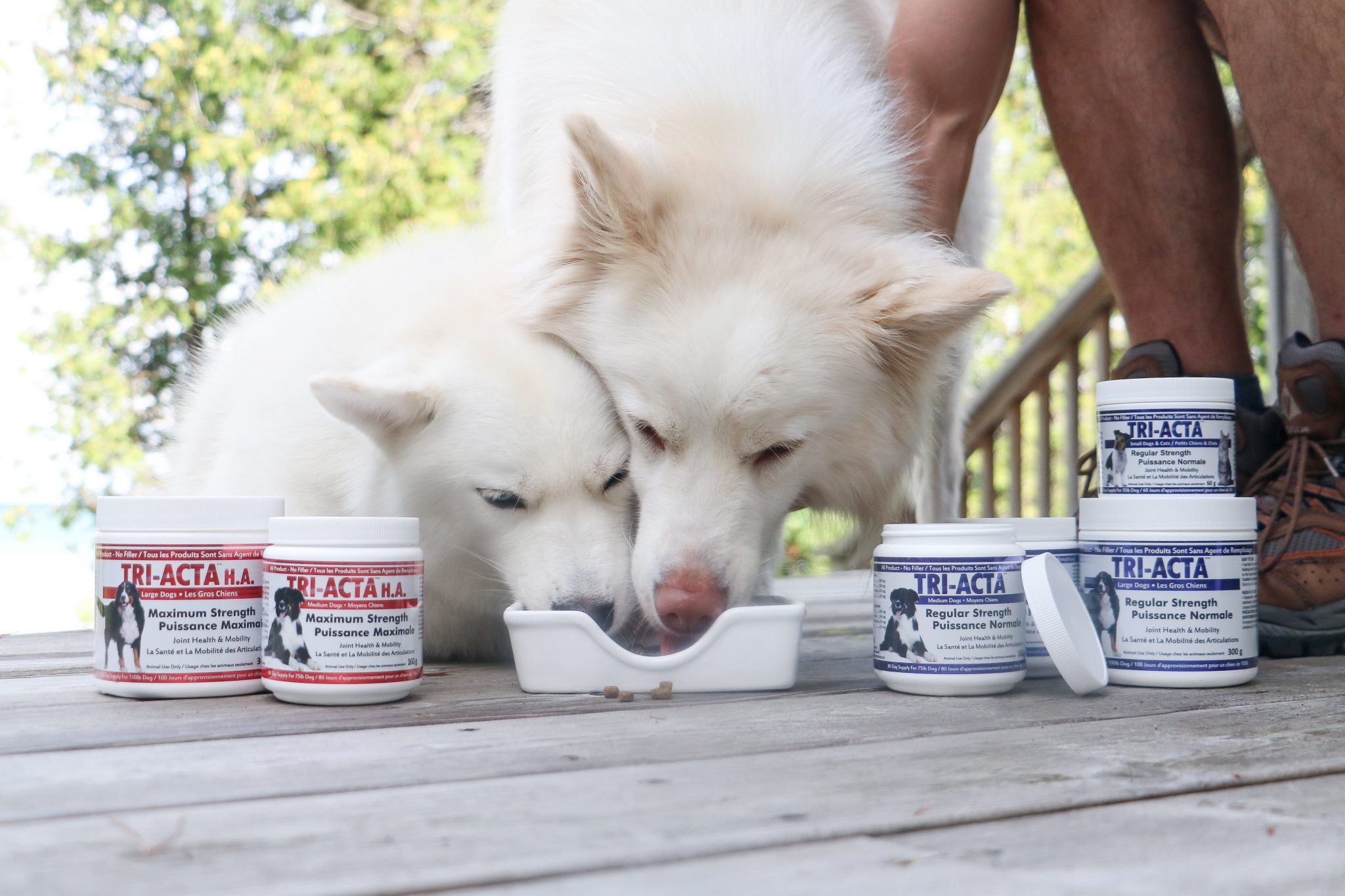
What Happens If My Dogs Joints Become Problematic?
Even if you take preventive measures, sometimes pets can still develop problematic joint issues and pain. In more severe cases, an examination and consultation with your veterinarian are vital. They will be able to recommend additional treatment or even surgery in worse case scenarios. Some of these procedures may include:
- Arthroscopic cleaning of the joint
- Injections
- Tissue replacement
- Joint replacement
Ready to Take Preventative Measures?
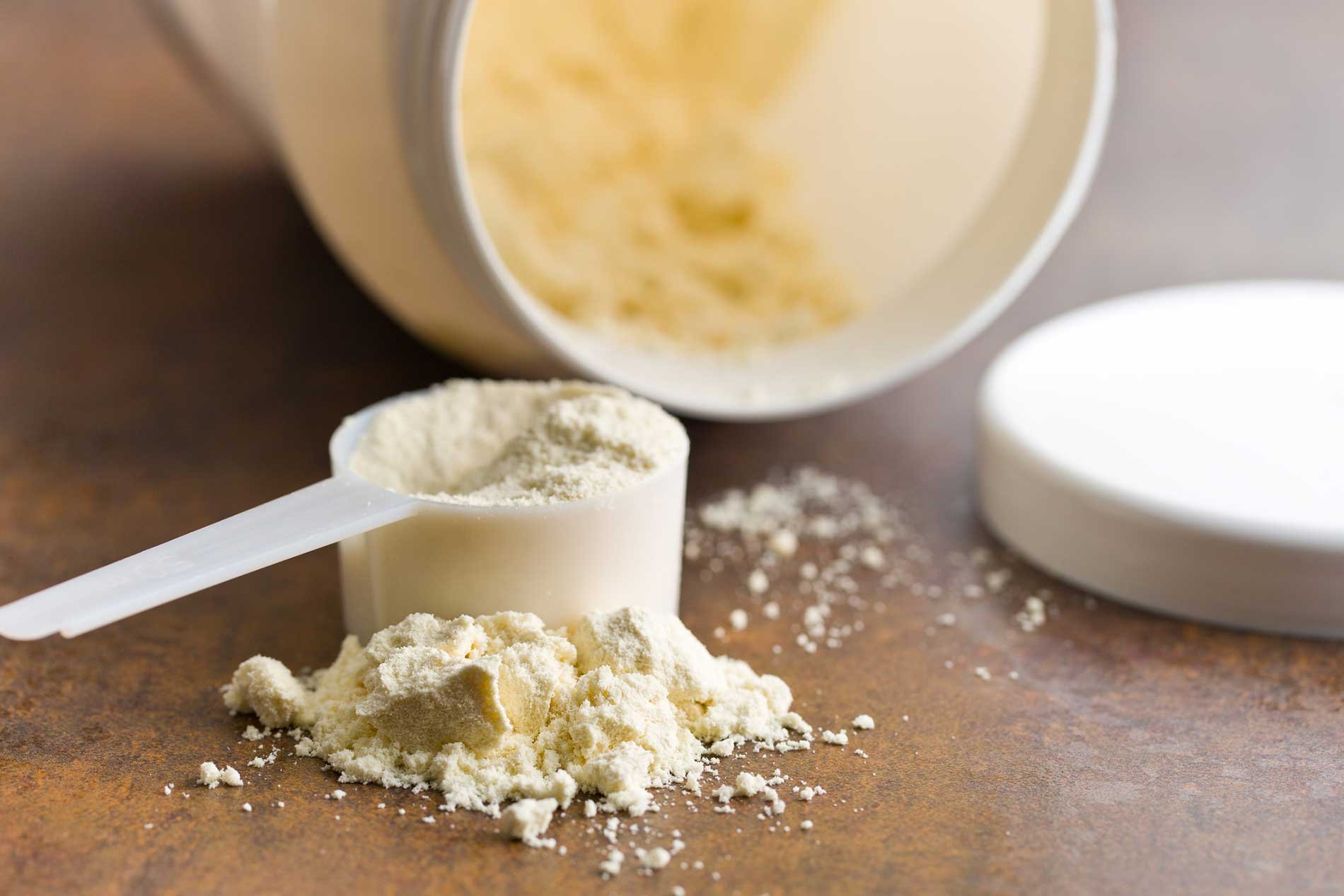
You can help minimize discomfort and even prevent your pet from experiencing joint pain by taking simple proactive measures throughout their life. Through education, proper diet and weight management, regular veterinary checkups, and the inclusion of vital joint strengthening supplements, your pet can go on to live a long, happy, healthy life.
Most pet parents don’t consider incorporating supplements into their pet’s healthcare routine until joint pain symptoms start being present. By introducing Tri-Acta into your pet’s life early, however, you can stay ahead of joint degeneration. Tri-Acta ensures that your pet’s bones and joints develop properly and remain healthy throughout maturation. So, don’t wait until it’s too late! Consult with your veterinarian today and get the answers to all of your joint health supplement questions by heading over to Integricare’s FAQ.
For more information on Tri-Acta joint supplements and purchase options, click here.
Newsletter Signup
Subscribe to our newsletter to receive the latest news and exclusive offers.
.jpg?height=2000&name=Cliick_Integricare-DISPLAY-REVISEDV2%20(1).jpg)
Proactive & Therapeutic Joint Supplements
When given daily, Integricare joint supplements recover bone and joint injuries faster and help prevent mobility injuries from happening in the first place.



